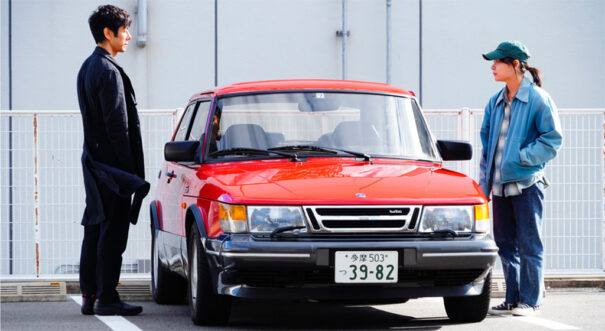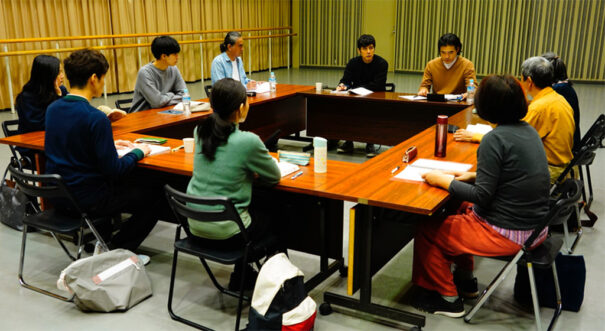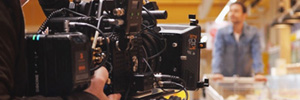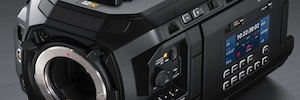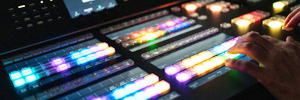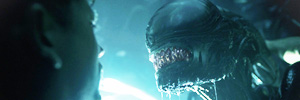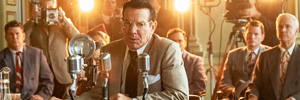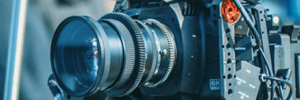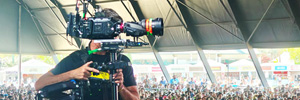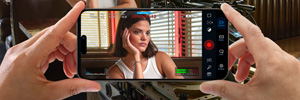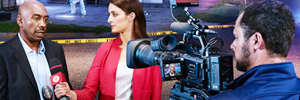Oscar-winner ‘Drive My Car’, graded with DaVinci Resolve Studio
Colorist Yumeto Kitiyama (Imagica) decided to use Blackmagic Design’s DaVinci Resolve Studio to colour grade Drive My Car, winner of the Oscar for Best International Feature Film.
Drive My Car, directed by Ryusuke Hamaguchi, is inspired by the short story of the same name by Haruki Murakami. In the film, Kafuku, a widowed actor and director, confronts his feelings and takes a new step forward when he meets Misaki, a taciturn driver he meets at a film festival. The story is about loss and hope for those left without loved ones and has won numerous awards at various festivals in Japan and abroad, including the Cannes Film Festival. It also received four Academy Award nominations, including Best Picture, and won the award for Best International Feature Film.
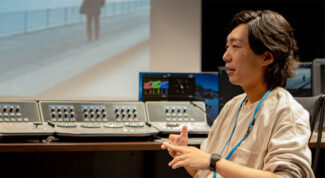 Before filming began, Kitayama joined forces with cinematographer Hidetoshi Shinomiya to create LUTs in DaVinci Resolve, which were then used to monitor the images on set. The aim was to create a bluish-toned look, in the style of European films, as opposed to the conventional look of Japanese films. “We tried not to go too extreme with the visuals, but instead create a natural look with a subtle hint of that blue tone,” recalls Kitayama.
Before filming began, Kitayama joined forces with cinematographer Hidetoshi Shinomiya to create LUTs in DaVinci Resolve, which were then used to monitor the images on set. The aim was to create a bluish-toned look, in the style of European films, as opposed to the conventional look of Japanese films. “We tried not to go too extreme with the visuals, but instead create a natural look with a subtle hint of that blue tone,” recalls Kitayama.
The use of blue is contrasted with Kafuku’s car, a red Saab that plays a symbolic role in the story. The bright red colour appears in several of the film’s scenes and is particularly striking. “The overall tone of the film is more toward blue, and I wanted the Saab’s red color to contrast with that blue,” explained Kitayama.
A focus for each city
The film was shot in several cities, including Tokyo, Hiroshima and Hokkaido. Kitayama focused on making each location convey a particular feeling in terms of temperature and atmosphere: “For example, Tokyo and Hokkaido have a cold feeling, with more blue and cyan tones. Hiroshima, on the other hand, has a slightly warmer tone. It is very important to convey the ‘smell’ and ‘temperature’ of the footage. I believe that a good DP and director can produce good images but conveying a sense of smell and temperature is a major part of process that grading can contribute. The footage the director Hamaguchi and Shinomiya shot was fantastic, and I tried to convey those sensory aspects in the grading so that I could make a good picture look even better.”
The film has had many challenges in its post-production phase, but Kitayama remembers one in particular: “In the bar scene, there were two tones of lighting, blue and tungsten, so it was a little difficult to balance the intensity of lighting. Also, in the scene where actors read the script in the rehearsal room, the color and brightness of the background wall were slightly different depending on where the camera was aimed. I adjusted the color of each shot so that it would not make audiences feel uncomfortable watching the scene.”
“DaVinci Resolve allows me to adjust the opacity of layer node, which is very handy if you want to make subtle adjustment of your grade. I used it a lot. (…) DaVinci Resolve allowed me to grade without any stress and let me focus on the creative work to get the best quality possible,” he concludes.
هل أعجبك هذا المقال؟
اشترك في علف ولن يفوتك أي شيء.



